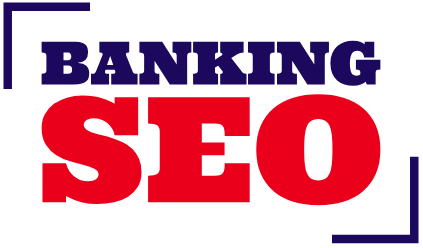Conversion Rate Optimization
Contact us
Understanding Conversion Rate Optimization
Conversion Rate Optimization (CRO) is the process of improving your website or landing pages to increase the percentage of visitors who take a desired action—whether that’s making a purchase, filling out a form, booking a call, or subscribing to a newsletter. It’s not just about driving more traffic to your site; it’s about maximizing the value of the traffic you already have. By analyzing user behavior, testing different design elements, and refining the user journey, CRO helps you turn casual visitors into loyal customers.

At its core, CRO focuses on understanding what motivates users to act—and what prevents them from doing so. It combines data analysis, psychology, and UX design to identify friction points in the customer journey. Whether it’s simplifying navigation, improving page load times, or crafting more persuasive copy, every small optimization contributes to higher conversions. A well-executed CRO strategy enhances both your marketing ROI and overall customer satisfaction, ensuring that each visit has a stronger impact on your business growth.
Analyzing User Behavior and Data Insights
The first step in Conversion Rate Optimization is understanding how users interact with your website. Tools like Google Analytics, Hotjar, and Crazy Egg provide valuable insights into user behavior through heatmaps, session recordings, and conversion funnels. These tools help you identify where users drop off, which pages perform best, and which elements might be causing friction. By interpreting this data, you can make informed decisions rather than relying on guesswork.

Understanding the intent behind each user’s visit is also crucial. For example, users at the top of the funnel may be looking for information, while those further down are ready to convert. Tailoring your content and calls-to-action (CTAs) to match these stages improves engagement and boosts conversion rates. A data-driven approach ensures that every optimization aligns with your audience’s expectations and leads to measurable results.
Grow Trust and Clients With Every Search
Enhancing User Experience and Design
A seamless user experience (UX) is at the heart of effective CRO. When users find your website easy to navigate, visually appealing, and fast-loading, they’re more likely to stay and take action. Simple design improvements—like clear CTAs, minimal clutter, and logical page structures—can dramatically improve performance. Mobile optimization is equally important since a large portion of traffic comes from smartphones. Ensuring that your website is responsive and functions flawlessly on all devices reduces friction and encourages conversions.

Persuasive design and copywriting also play key roles. Effective headlines, trust signals (like testimonials or security badges), and emotionally driven copy create confidence and urgency. Testing different versions of CTAs, layouts, and images through A/B or multivariate testing helps identify what resonates most with your audience. Each experiment offers insights that refine your strategy and progressively increase conversions over time.
Continuous Testing and Optimization
CRO is an ongoing process that thrives on testing and adaptation. What works today might not be as effective tomorrow, as user preferences and market trends evolve. Regular testing ensures that your website remains optimized for performance and user satisfaction. Continuous analysis of metrics like bounce rates, exit rates, and conversion paths helps uncover new opportunities for improvement.

The most successful businesses treat CRO as an integral part of their marketing strategy, not a one-time project. By continuously refining your website based on real data, you ensure that your marketing budget delivers maximum return on investment. Over time, CRO not only boosts revenue but also enhances customer experience and loyalty—creating a cycle of sustainable growth and long-term success.https://blog.hubspot.com/marketing/conversion-rate-optimization-guide
Testimonials





